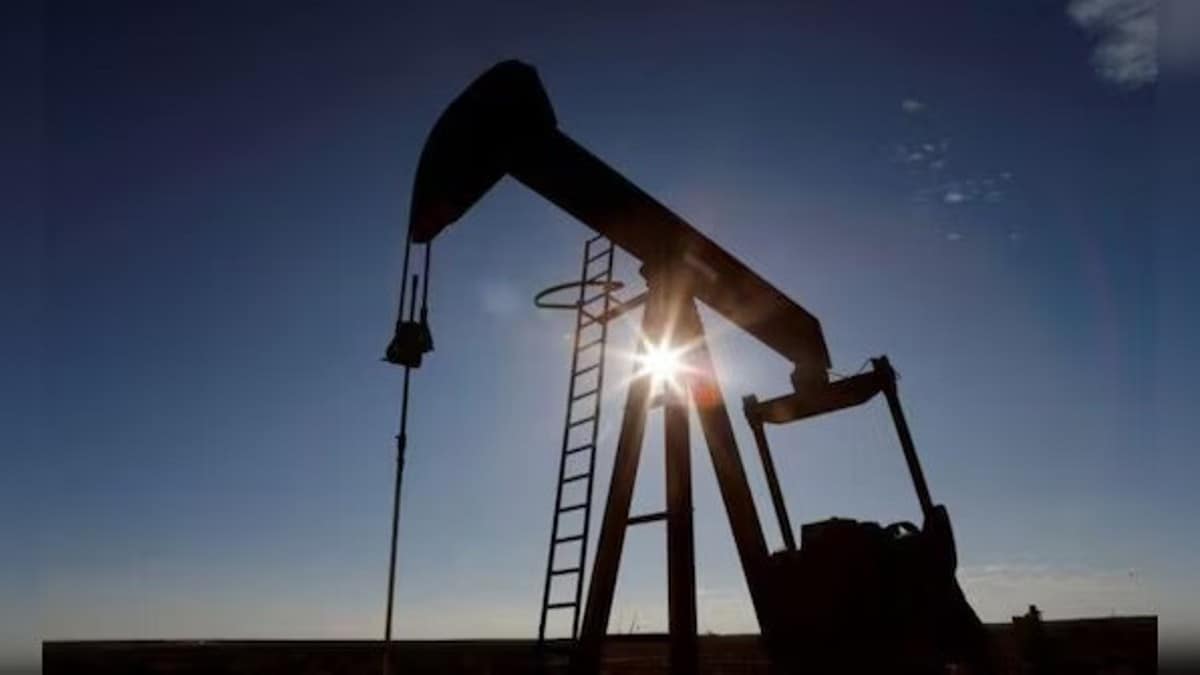Science
NASA teams with India to launch Earth-tracking satellite
by Ian Stark
Washington DC (UPI) Jul 30, 2025
NASA announced Wednesday it, in a partnership with the Indian Space Research Organization, launched a radar system to map Earth as never before.
The NASA-ISRO Synthetic Aperture Radar, or NISAR, satellite blasted off from Satish Dhawan Space Centre on the island of Sriharikota in the state of Andhra Pradesh in India at 8:10 a.m. EDT Wednesday.
NISAR, which NASA described in a press release as “a critical part of the United States-India civil-space cooperation,” will orbit from 464 miles above Earth, and use a pair of radar instruments to monitor almost the planet’s land and ice-covered surfaces twice every 12 days.
The NISAR mission is the first such undertaking between NASA and ISRO, in which the two agencies co-developed hardware for an Earth-observing mission.
Intended to keep track of the Earth’s forests and wetland ecosystems, it will also note any deformation and motion of the world’s frozen surfaces and detect any movement of Earth’s crust, down to fractions of an inch.
These measurements are key for researchers to better understand how the Earth’s surface behaves before, during and following potential geological upheavals such as landslides, earthquakes and volcanic eruptions.
NISAR will also provide data that details long-term changes in the Earth’s ecological systems, such as wetlands, permafrost, forests and agricultural areas.
“Congratulations to the entire NISAR mission team on a successful launch that spanned across multiple time zones and continents in the first-ever partnership between NASA and ISRO on a mission of this sheer magnitude,” said NASA’s Associate Administrator for the Science Mission Directorate Science Mission Directorate Dr. Nicola Fox in the release.
“Where moments are most critical, NISAR’s data will help ensure the health and safety of those impacted on Earth, as well as the infrastructure that supports them, for the benefit of all,” she added.
“With this successful launch, we are at the threshold of fulfilling the immense scientific potential NASA and ISRO envisioned for the NISAR mission more than 10 years ago,” said ISRO Chairperson Dr. Vanniyaperumal Narayanan. “The powerful capability of this radar mission will help us study Earth’s dynamic land and ice surfaces in greater detail than ever before.”
The NISAR satellite is the first free-flying space mission to feature both an L-band system and an S-band radar system, which are attuned to recognize features of various sizes and particular attributes, from forest biomass and agricultural ecosystems to soil moisture and the motion of ice and land.
“The mission’s measurements will be global but its applications deeply local, as people everywhere will use its data to plan for a resilient future,” said NASA’s Jet Propulsion Laboratory director Dave Gallagher in the release.
Related Links
Earth Observation News – Suppiliers, Technology and Application
The content herein, unless otherwise known to be public domain, are Copyright 1995-2024 – Space Media Network. All websites are published in Australia and are solely subject to Australian law and governed by Fair Use principals for news reporting and research purposes. AFP, UPI and IANS news wire stories are copyright Agence France-Presse, United Press International and Indo-Asia News Service. ESA news reports are copyright European Space Agency. All NASA sourced material is public domain. Additional copyrights may apply in whole or part to other bona fide parties. All articles labeled “by Staff Writers” include reports supplied to Space Media Network by industry news wires, PR agencies, corporate press officers and the like. Such articles are individually curated and edited by Space Media Network staff on the basis of the report’s information value to our industry and professional readership. Advertising does not imply endorsement, agreement or approval of any opinions, statements or information provided by Space Media Network on any Web page published or hosted by Space Media Network. General Data Protection Regulation (GDPR) Statement Our advertisers use various cookies and the like to deliver the best ad banner available at one time. All network advertising suppliers have GDPR policies (Legitimate Interest) that conform with EU regulations for data collection. By using our websites you consent to cookie based advertising. If you do not agree with this then you must stop using the websites from May 25, 2018. Privacy Statement. Additional information can be found here at About Us.

